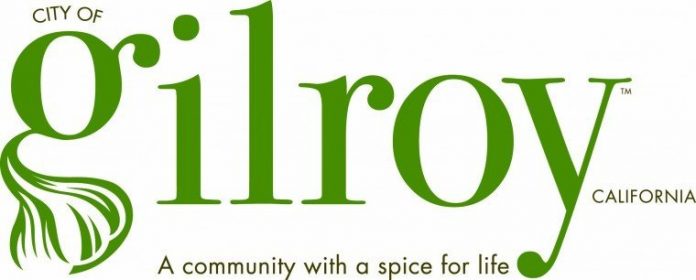The City Council has hammered out their overarching goals over the next five years through nearly 15 hours of discussion at its annual retreat facilitated by a Florida-based consulting firm. No. 1: financial stability, followed by revamping downtown.
“Financial sustainability is going to be our No. 1 goal,” City Administrator Tom Haglund said.
Transforming Gilroy’s downtown into a thriving environment was the second highest-ranked priority for City Council, while upgrading city infrastructure and creating a more livable community followed next on the list.
While addressing the goal of financial sustainability, Mayor Pro Tempore Perry Woodward was adamant that spending 80 percent of the City’s General Fund on public safety spending – including all things police and fire related from equipment and salaries to retirement benefits – is “way too much.”
“In five years, I would like to see us have kept a lid on our public safety spending while expanding our revenues and economic development to where we have 40 percent of the general fund to spend on things other than public safety,” he said. “There are plenty of cities around that are able to do that, and we should be one of them.”
Whether it’s in the form of a half-cent sales tax increase or a general obligation bond, the proposed “Quality of Life” ballot measure is one way City Council hopes to maintain enough revenue to fill the City’s coffers to sustain services.
According to Mayor Don Gage, the measure will generate enough additional revenue to allow the City to secure a $60 million bond after it’s passed. That would be paid off incrementally with the additional tax revenue and could cover the cost of tending to each project on the City’s list, including adding more police officers and firefighters, creating more sports fields in neighborhood parks and repairing sidewalks.
Speaking to how to tackle some of downtown’s long-standing problems, Councilman Peter Arellano supported the creation of a revolving account that owners of unreinforced masonry buildings can use to fix the structures not deemed fit to survive a high-magnitude earthquake.
Owning an unreinforced masonry building makes it nearly impossible to secure a loan to retrofit the structure or tear it down and rebuild to state standards, he noted. With a revolving account, he said it would be a “win-win situation” as the City can get money back to refill the loan program.
“If they default on the loans, we get the buildings and can knock it down if we want,” Arellano said.
The revolving account is just a potential tool at this point aimed at tackling the decades-old URM problem downtown.
Together, Gage and Woodward have been holding individual meetings with URM property owners, establishing which repairs are necessary and the timelines for the work to be completed. Having the owners come to the table, or fining them if they don’t, is one of Gage’s firm stances.
“I’m not going to wait for things to change,” Gage said, noting that when he first served as mayor from 1991 to 1997, people were still complaining about the state of downtown.
Likening Gilroy to an older car, Gage said it needs a paint job and a new transmission to attract new businesses, residents and allow for communities to feel comfortable and secure.
“If you want somebody to come and buy the car or buy into the car, you have to fix those problems first. You have to repair it,” Gage said. “In order to get where we want to be as a balanced community, we have to fix those kinds of problems.”
1. Maintain a financially sustainable, high performing city
2. Develop a thriving Gilroy downtown
3. Upgrade city infrastructure and facilities
4. Create a more livable Gilroy community for all













